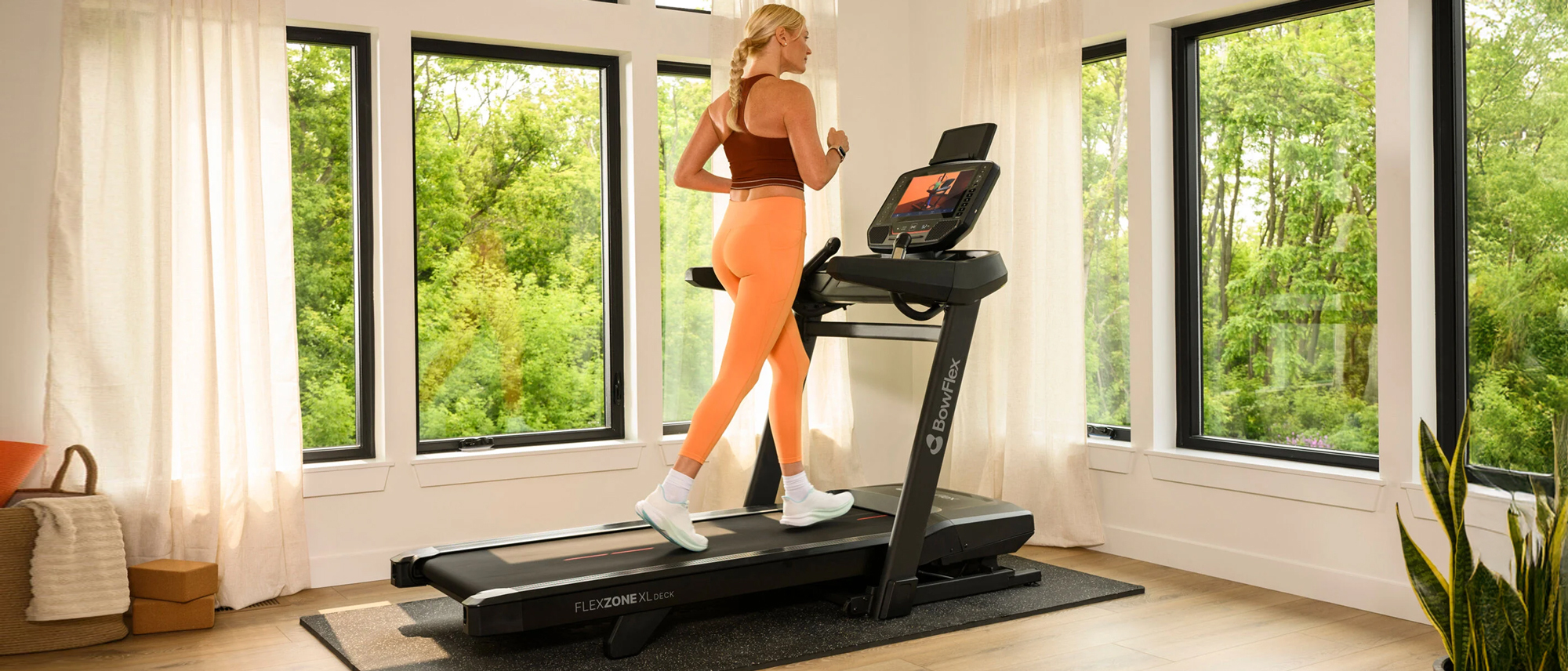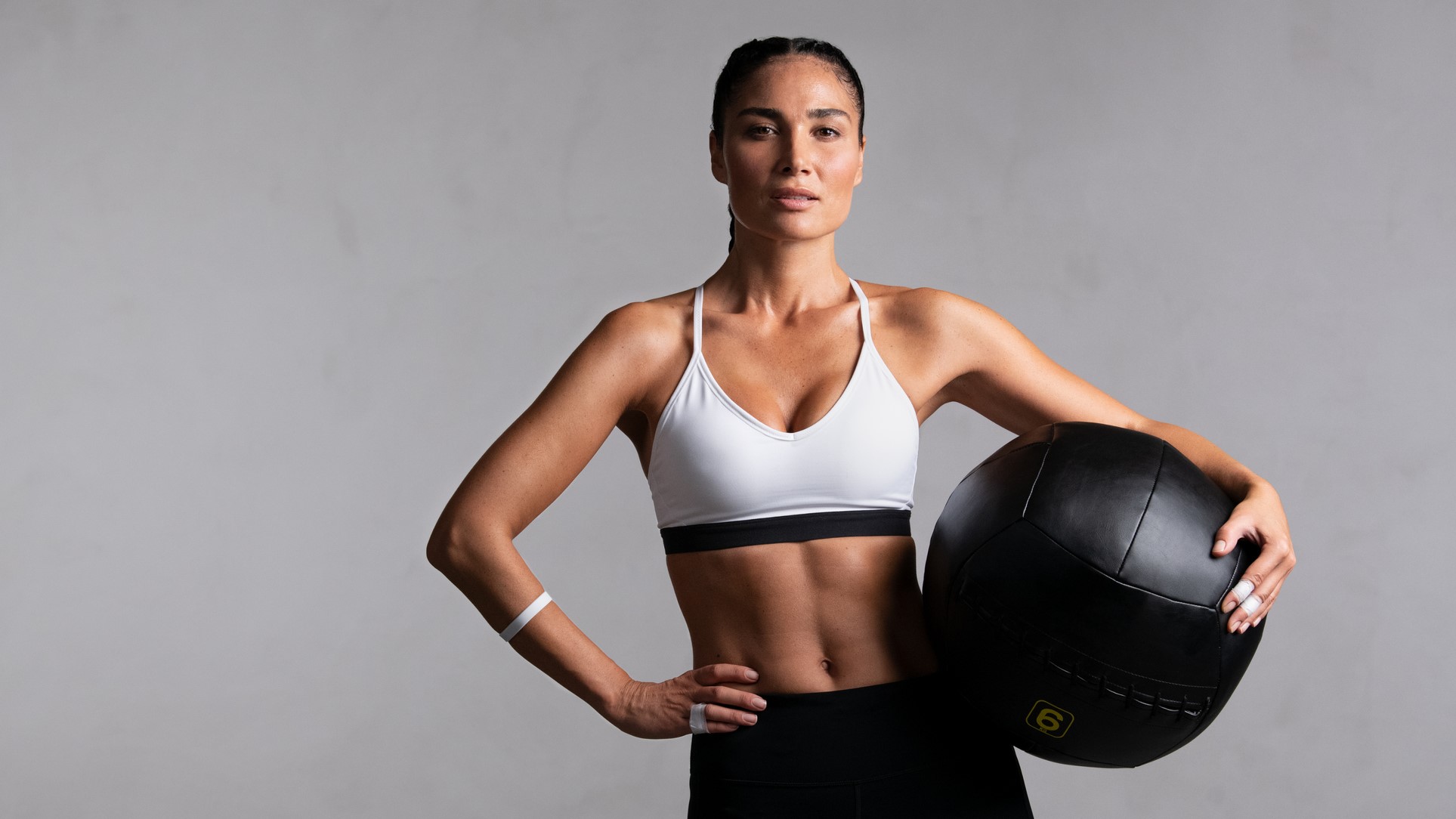
There are five components of physical fitness — and you need to know them if you want to reach peak health, fitness and performance, whether you’re an athlete, casual gym-goer or just about manage a home workout once a week.
We know that the many benefits of exercise include improved cardiovascular health, stronger bones, joints and muscles and reduced risk of chronic and age-related illnesses. But fitness isn’t just about throwing heavy weights around or repping the burpees.
The five components of fitness form the physical activity guidelines for the American College of Sports Medicine (ACSM) and help anyone, athlete or not, build a fitness program that helps reach their health goals. Here’s what you need to know.
What are the 5 components of fitness?
There are five areas of physical fitness to consider when building a well-rounded fitness program:
- Muscular endurance
- Strength
- Cardiovascular
- Flexibility
- Body composition
Muscular endurance

Muscular endurance refers to your muscles' ability to continue working against resistance. Examples of muscular endurance include long-distance trail running or cycling. Training to improve muscular endurance should develop your muscles' ability to contract longer, which is essential for sports like CrossFit or endurance-based racing.
But not all endurance training requires your muscles to shorten or lengthen because isometric exercise refers to static exercise that holds muscles under tension without moving, like a squat hold or plank. That means you could develop muscular endurance through static loading and endurance training.
Endurance training is a useful tool for everyone, but how much you prioritize it depends on your goals. If you’re training for competitions like Hyrox or the CrossFit games, it’ll be an integral part of your training regime. Otherwise, you could develop muscular endurance to help you perform daily activities like grocery shopping or playing with your kids.
Get instant access to breaking news, the hottest reviews, great deals and helpful tips.
High-rep exercises using low weight ranges help build muscular endurance, and circuit training using a mix of strength exercises, intervals and cardio.
Cardiovascular
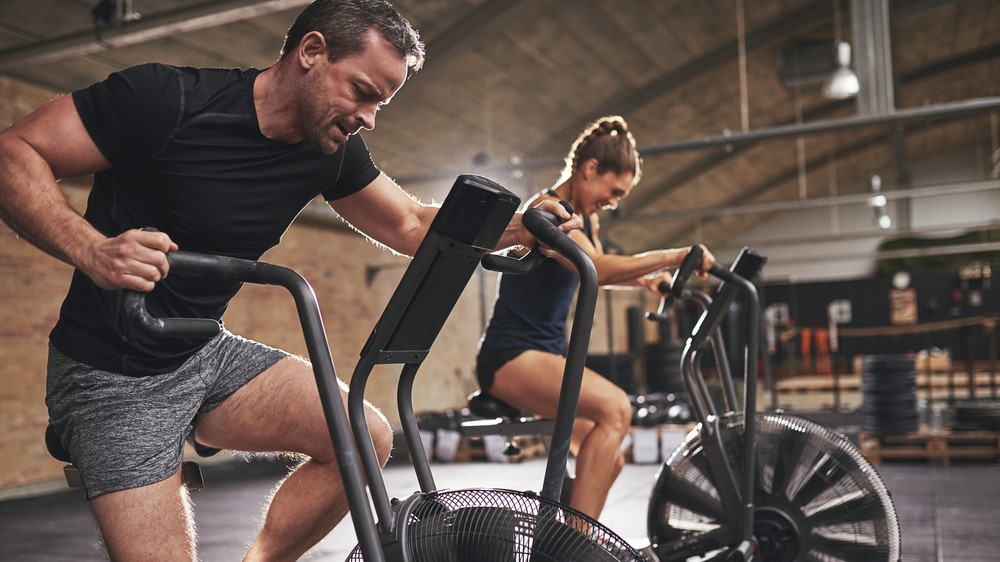
Cardiovascular fitness refers to your aerobic fitness, meaning “with oxygen” — how efficiently your heart and lungs work. That also means how well your body transports oxygen and nutrients around the body to be used before, during and after exercise. Running, walking and activities that raise your heart rate will help improve your cardiovascular fitness and reduce the risk of developing chronic illnesses like diabetes and heart disease.
The current WHO guidelines recommend adults achieve a minimum of 150-300 minutes of moderate physical activity a week or 75-150 minutes of vigorous physical activity. You can achieve that however you like, simply taking a walk every day if you prefer.
Here are the best treadmills for home workouts and 5 cardio exercises that burn more calories than running if you like to mix things up.
Muscular strength
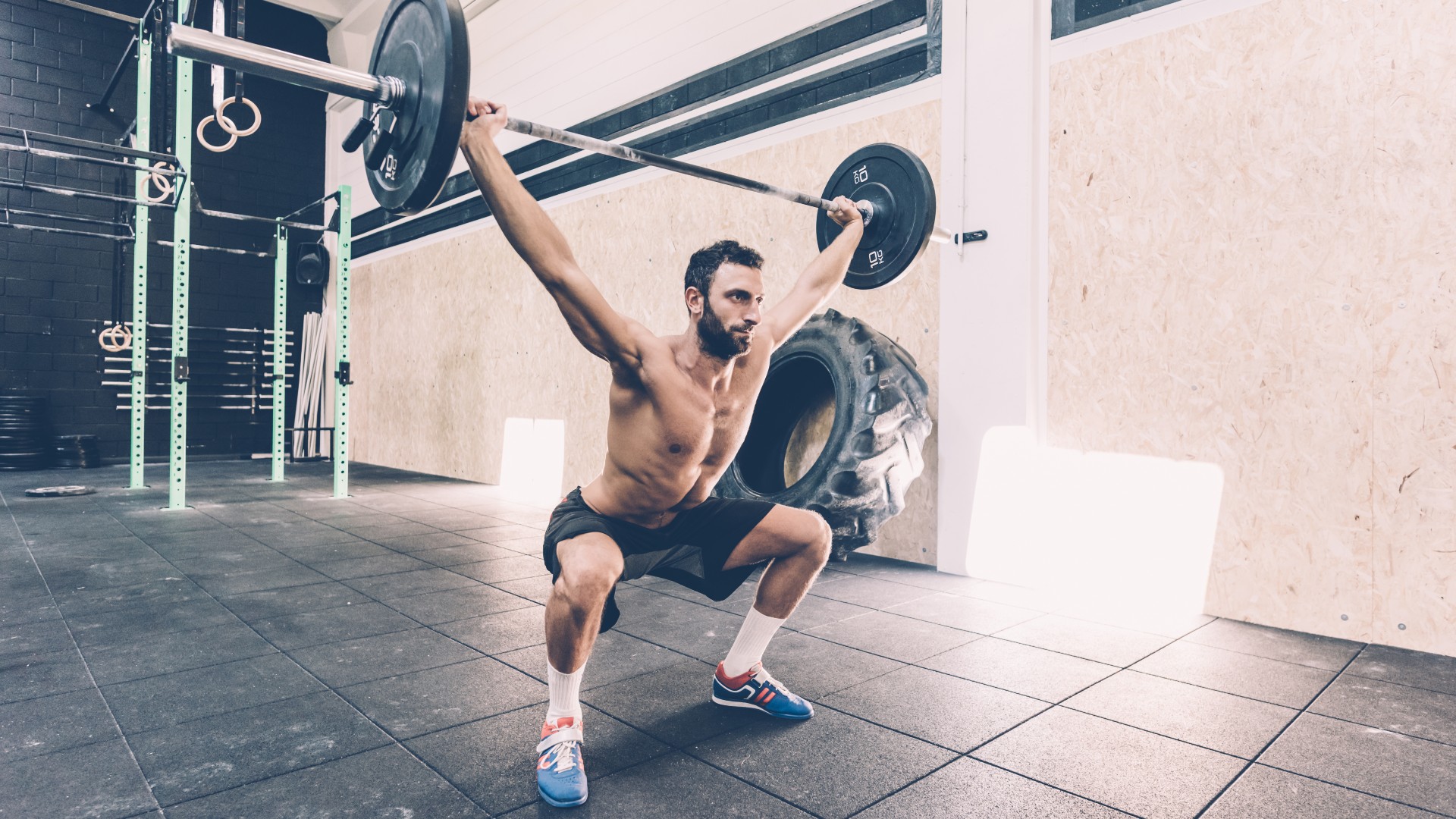
Muscular strength refers to the maximal output ability of your muscles, known as your one rep max, and is specific to the muscle group you train. For example, if you have a strong deadlift one rep max, that doesn’t mean your shoulders are also at their strongest.
If you enjoy powerlifting and strength training, your muscular strength abilities will matter to you, but even a base level of muscular strength is crucial for performing daily activities. As you age, you’re at greater risk of muscular atrophy and weaker bones and joints. Performing weight-bearing exercises several times a week, like calisthenics workouts (bodyweight training) or lifting heavy weights, could help maintain muscle mass and increase strength.
To improve muscle strength, learn the difference between hypertrophy vs strength training and how to program for both. Aim to lift heavier weights for fewer reps and higher sets and train several times a week, targeting each major muscle group using the best adjustable dumbbells, barbells, kettlebells, or resistance bands. As you get stronger, use progressive overload to gradually increase weight ranges, overall volume, or intensity.
Flexibility
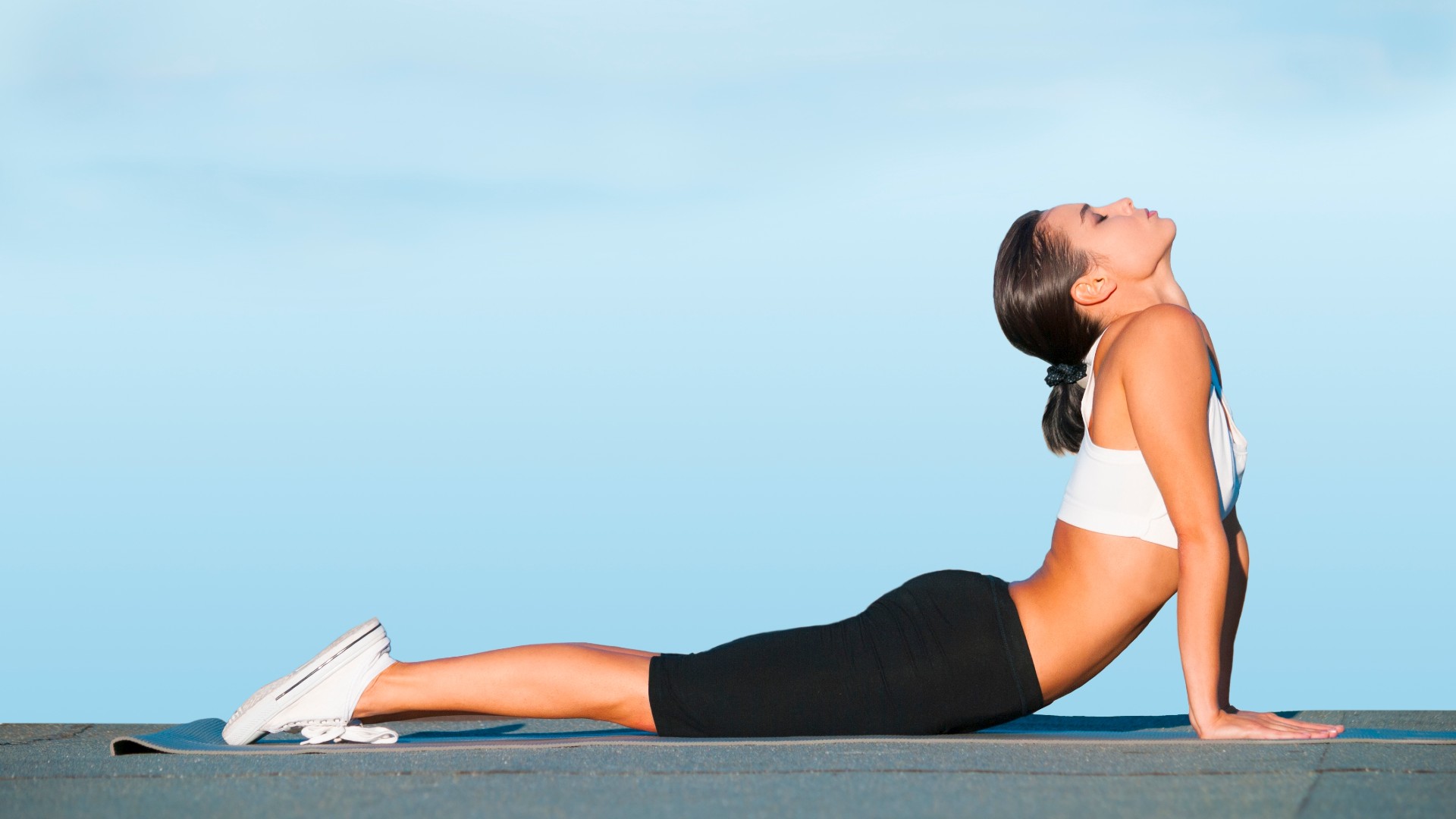
Improving flexibility will help you develop a better range of motion and make moving around easier, for example, touching your toes or reaching for an object on a shelf. Limited flexibility could be a sign of overworked or weak muscles and often leads to injury. When this happens, your body responds by going into protection mode and tightening the muscles. Regular stretching routines help muscles relax and improve range of motion, posture and exercise form.
Dynamic stretches like hip circles are known as mobility exercises and help warm your muscles and joints through a range of motion. These are best performed before a workout, whereas static stretching helps soothe tired muscles post-workout. The research debates whether or not stretching really helps, but when performed regularly, most people notice improvements in flexibility and delayed-onset muscle soreness (DOMS), and assisted PNF stretching has been shown by studies to improve range of motion immediately afterward.
Feeling tight? Try the 10 best hamstring exercises for your lower body and discover the benefits of yoga vs Pilates several times a week to see what works best for you. You could integrate a standalone session or pluck a few exercises you enjoy and add them as part of a warm-up or cool-down if you’re short on time.
Body composition
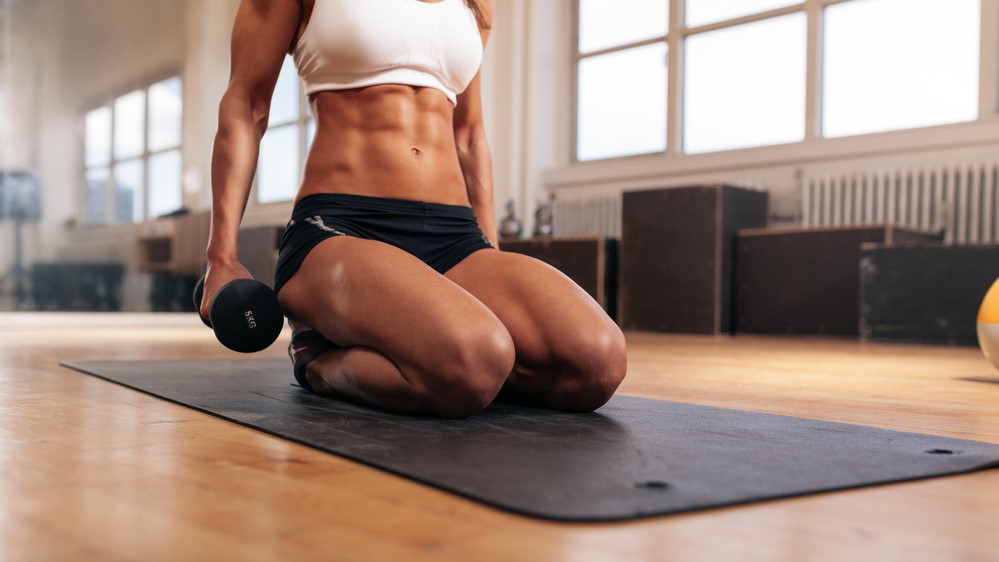
The final component is all about your body type. Specifically your composition of lean muscle tissue, bone and fat mass. Too much visceral fat (a type of fat that sits around the stomach and organs) could increase your likelihood of developing chronic health conditions like diabetes and some cancers.
The best smart scales are equipped to give you body composition advice, but we recommend learning how to calculate your body fat percentage and why it matters. At Tom’s Guide, we also don’t recommend counting calories, so if your goal is to improve body composition, we recommend careful fat loss and increasing lean muscle mass sustainably over time.
That includes considering the four components above, maintaining a healthy and balanced diet and looking after factors like stress management and sleep. Remember, what works for others might not work for you, so always create a training and diet plan that works with your biology, lifestyle and needs.
More from Tom's Guide
- Oura Ring new features unveiled, here's what you need to know
- Asics running shoe Black Friday deals you can shop right now
- Forget push-ups, chisel your pecs and triceps with this 3-move dumbbell chest workout and 15 minutes

Sam Hopes is a level 3 qualified trainer, a level 2 Reiki practitioner and fitness editor at Tom's Guide. She is also currently undertaking her Yoga For Athletes training course.
Sam has written for various fitness brands and websites over the years and has experience across brands at Future, such as Live Science, Fit&Well, Coach, and T3.
Having coached at fitness studios like F45 and Virgin Active and personal trained, Sam now primarily teaches outdoor bootcamps, bodyweight, calisthenics and kettlebells.
She also coaches mobility and flexibility classes several times a week and believes that true strength comes from a holistic approach to training your body.
Sam has completed two mixed doubles Hyrox competitions in London and the Netherlands and finished her first doubles attempt in 1:11.
